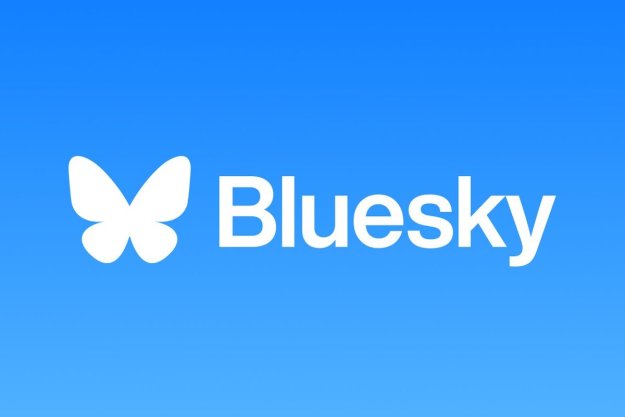 The 2013 Pulitzer prizes for journalism point to the digital, social future of the news. While most of the prize recipients work for traditional journalism outlets like the New York Times and the Tampa Bay Times, many of the winning projects contained substantial digital components or used social media as a news tool.
The 2013 Pulitzer prizes for journalism point to the digital, social future of the news. While most of the prize recipients work for traditional journalism outlets like the New York Times and the Tampa Bay Times, many of the winning projects contained substantial digital components or used social media as a news tool.
Three of the prizes stand out in the way they underline what the future of journalism looks like. Here’s a hint: The bullpen might be closing its doors.
A looping video brings us inside “Snow Fall”

The New York Times took home one of the prizes for an extremely well-designed and intricate story called “Snow Fall: the Avalanche at Tunnel Creek,” which gave readers a full-throttle, immersive experience detailing a fatal avalanche in Washington. It looked like nothing else on the Web and was an obvious departure from the Times’ usual online layout, with videos inter-spliced into the story, which scrolled down in a single elegant column. The storytelling was incredible, but what really made the piece stand out was how well the multimedia was rendered. You had the sound of howling winds and a detailed map of the event – you couldn’t get much closer to transporting you to a snow-drenched mountain.
Now, stories like “Snow Fall” don’t come cheap. It clearly cost the New York Times a lot of money to produce reporter John Branch’s story the way it did. The amount of money the news outlet made off the story was likely a secondary concern to trying something new and exciting. So even though it was spectacular, this particular type of lush, gorgeous integrated reporting is simply too expensive for most news outlets.
But one element of the story did presage a digital trend: the looping video at the beginning. 2012 was the year of the GIF, but 2013 may be the year of the Vine – both looping video formats getting more incorporated into the news and mainstream media. Vine is already finding its purpose as a breaking news tool – people are using it to upload raw footage of events, like the aftermath of an attack on the U.S. Embassy in Turkey and the Boston marathon explosions.
The Denver Post conquers online, breaking news
The Denver Post took home the Breaking News award for its coverage of the Aurora movie theater shooting, and the paper still has a hearty, regularly updated online section devoted to following up on the story.
But although the newspaper’s website is well-organized, the most interesting part of The Denver Post’s win is how reporters used other pockets of the Internet to find out what was happening. They adeptly integrated a Twitter live feed into their reporting, and used social media as a critical tool to accurately and comprehensively cover the story.
As The Post described its coverage on the Pulitzer website, “Over the course of the first four days of the shooting, The Post and its reporters posted more than a thousand entries on Twitter and Facebook. What follows on the next pages is a sampling of the first 24 hours of coverage. We followed that on day two with minute-by-minute tweets as bomb experts disarmed James Holmes’ booby-trapped apartment; and then from President Obama’s visit and the memorial on Sunday; and finally, from the hearing and Holmes’ first appearance on Monday. In between, the people who follow @denverpost and our reporters and editors knew what we knew — immediately.”
When horrible things happen, social media – with Twitter and Reddit taking center stage – is now a major tool for journalists and ordinary people trying to piece together what’s happening. And even though the churning, constantly-updated and unverified nature of social media means some bad information gets spread, the benefits of these tools outweigh the negatives.
E-books and smaller organizations are getting a warmer reception
Most of the outlets awarded still have paper-and-ink editions, but the award for National Reporting went to InsideClimate News for its reporting on “The Dilbit Disaster: Inside the Biggest Oil Spill You’ve Never Heard Of.” ICN is based in Brooklyn but has a virtual newsroom of just seven full-time journalists – they describe their outfit as “a mature virtual newsroom of seven full time professional journalists and a growing network of contributors. We’re aiming to double in size and come to full scale in the next two years.” In other words, this is a startup.
The fact that the Pulitzer committee recognized the caliber of their contributions demonstrates how much legitimacy online-only, small-time news organizations can get if their content is strong. ICN is only the third Web-based news organization to win a Pulitzer, and the Huffington Post and ProPublica (the other two organizations) are far larger, with more name recognition. It’s heartening to see the Pulitzer awarded to a less established online organization, and this accomplishment may lead other publications to consider using the e-book as a long-form journalism format.



